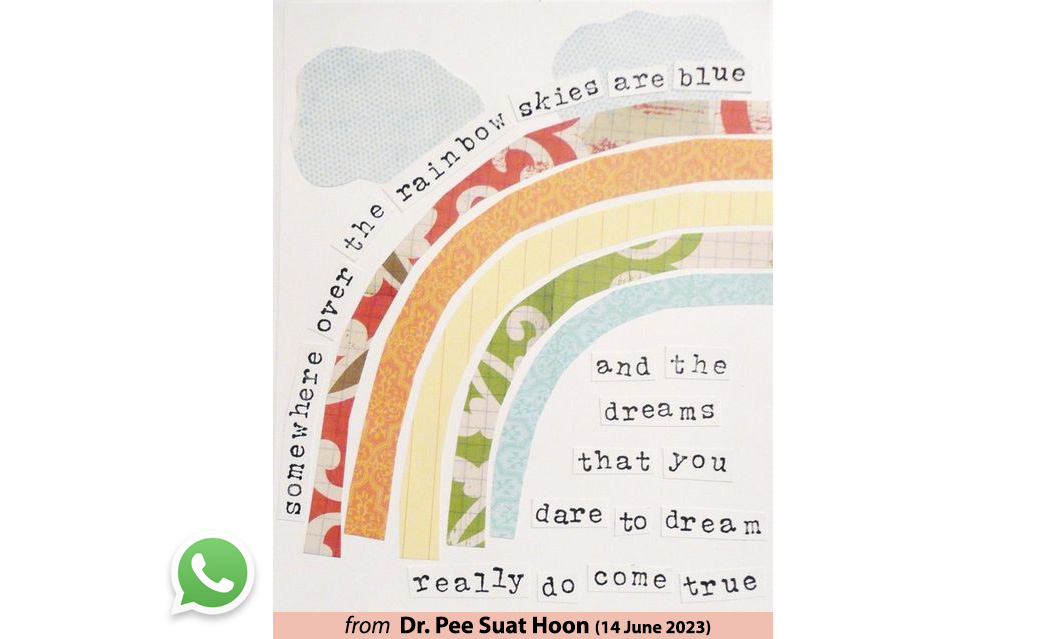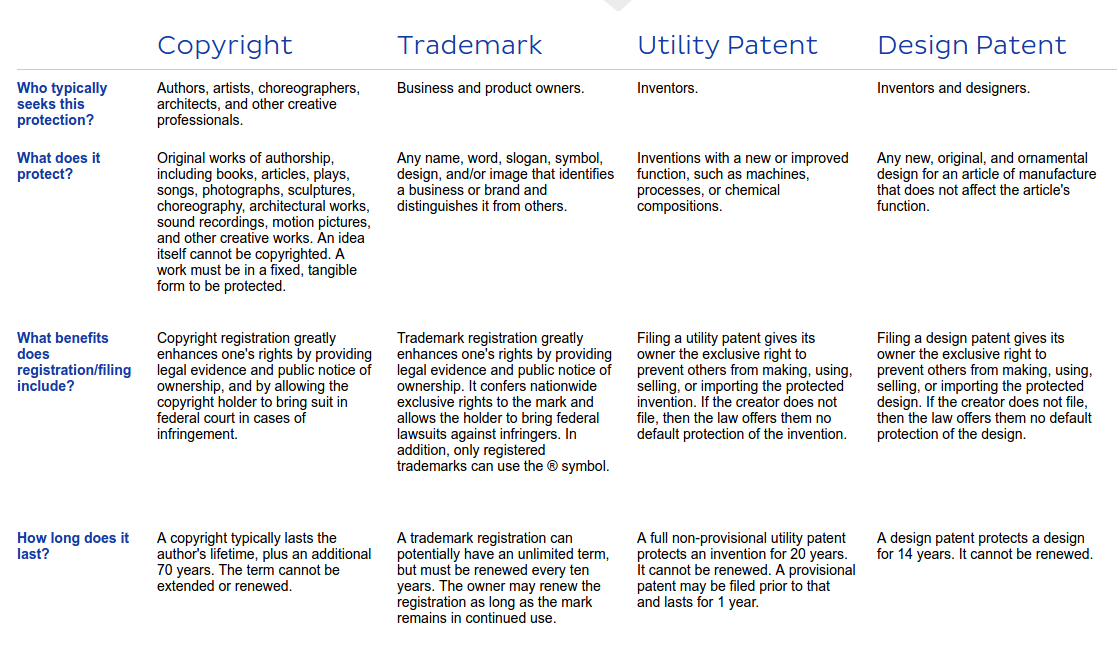Week 17: Invention, intellectual property and income
Checklist for this week:
- ☑ Created a dissemination plan for your final project
- ☑ Outlined future possibilities and described how to make them probabilities
- ☑ Uploaded a draft summary slide and video
Task for this week
- Develop a plan for dissemination of your final project.
- Prepare drafts of your summary slide (presentation.png, 1920x1080) and video clip (presentation.mp4, 1080p HTML5, < ~minute, < ~10 MB) and put them in your website's root directory
Project Dissemination
Dreaming of going to FAB23 Bhutan to run a workshop and build a whale sculpture had consumed my thoughts for months. The idea of combining my passion for art and my love for nature was irresistible. I envisioned a stunning creation that would not only captivate the attendees but also serve as a symbol of the beauty and importance of nature life. However, as with any ambitious endeavor, challenges soon emerged.
The initial hurdle I faced was logistical. Coordinating logistics arrangements, securing reliable supplier, and ensuring the availability of necessary materials seemed like a daunting task. The prospect of orchestrating an entire workshop in a foreign country felt overwhelming. But the thought of giving up on my dream was even more disheartening. I delved into extensive research, reached out to local contacts, and tirelessly explored every possible avenue to make it a reality.
Much to my surprise, the event organizer seemed to have mastered the art of disappearing acts. It was like waiting for a magician to reveal their next trick, except this trick involved me not losing hope. As the days stretched on, I had an epiphany: I couldn't just sit there twiddling my thumbs, expecting a magical solution to materialize. If I wanted that majestic whale sculpture to grace the landscapes of Bhutan, I needed to unleash my inner artist and take charge of the situation.
With new found determination, I began devising a plan B. I explored alternative venues, reached out to local artisans and suppliers, and meticulously organized a backup strategy. It was an arduous process, but the thought of giving up never crossed my mind. I believed in the power of resilience and the ability to adapt to unexpected circumstances.
As fate would have it, just as I was finalizing my alternative arrangements, I received a surprising response from the event organizers. While relieved by their response, I had already embarked on forging my own path. I decided to merge my plans with theirs, combining our efforts to create an extraordinary workshop experience.
The whale sculpture, in hope to be a testament to the perseverance and unwavering commitment to our dreams. It was a profound lesson in the power of resilience, resourcefulness, and the indomitable spirit that can overcome any obstacle.
Looking back, I realized that sometimes dreams require us to navigate through treacherous waters and overcome unexpected setbacks. It is in these moments of adversity that our true character shines. I am grateful for the challenges I faced, as they pushed me to grow and empowered me to take control of my own destiny.

Patent
A patent for an invention is the grant of a property right to the inventor, issued by the United States Patent and Trademark Office. It protects the inventor with a set of exclusive rights which prevent others from making, using, offering for sale, or selling the invention without the consent of the inventor for a period of time. An idea in itself cannot be patented. The idea must be materialized (tangible form) into an invention, innovative product, device or process that offers new solutions to a problem in order for the registrant to be able to seek the patent.
There are 3 types of patents:
- Design patents refer to a new, original, and ornamental design for an article of manufacture
- Utility patents refer to a new and useful process, machine, article of manufacture, or composition of matter, or any new and useful improvement thereof
- Plant patents refer to any distinct and new variety of plant.
Trademark
According to World Intellectual Property Organization, a trademark is “a distinctive sign that identifies certain goods or services produced by an individual or a company”. It is generally a word, phrase, symbol, or a combination of the above-mentioned.
Trademark protection ensures that owners have the exclusive right to use the mark to identify goods or services, or to authorize others to use it in return for payment.
A service mark is similar to a trademark. Rather than goods, it identifies and distinguishes the source of a service.
Copyrights
According to World Intellectual Property Organization, “copyright laws grant authors, artists and other creators protection for their literary and artistic creations, generally referred to as works”. Such works include novels, poems, plays, reference works, newspapers, advertisement, computer programs, databases, films, musical compositions, choreography, paintings, drawings, photographs, sculpture, architecture, maps and technical drawings.
The Copyright Act in the United States stipulates that the copyright owner has the exclusive right to reproduce, adapt, distribute, publicly perform and display the work, subject to the “fair use” principle.
Creative Commons
A Creative Commons (CC) license is one of several public copyright licenses that enable the free distribution of an otherwise copyrighted work. It is launched and administrated by a global non-profit organization called Creative Commons, aiming to increase the amount of creativity available in "the commons', i.e., the body of work which is available to the public for free and legal sharing, use repurposing and remixing.
Applied on top of copyright, creators can define usage rights of their creative work. For example, they allow use of their work for non-commercial purposes. Creators can thus modify their copyright terms to best suit their needs.
Protection of Intellectual property
Patent, trademark and copyright protect different types of intellectual property. While a patent protects an Invention, a copyright safeguards an original artistic or literary work and trademark for brand names and logos on goods & services.
The following table by LegalZoom.com summarizes the characteristics of patent, trademark and copyright.

source: legalzoom.com
Intellectual Property
For my project, I choose the Creative Commons license and use the following:
BY (Attribution): This component requires anyone using the work to provide appropriate credit to the original creator. It ensures that the creator's contribution is acknowledged and attributed properly.
NC (Non-Commercial): The non-commercial aspect restricts the use of the work for commercial purposes. It means that others can use the work, but they cannot profit from it without seeking additional permission from the creator.
SA (ShareAlike): The ShareAlike provision requires that any adaptations or derivative works based on the original must be shared under the same or a similar license. This condition promotes the sharing and building upon creative works within a common framework.
When someone applies the "BY, NC, SA" Creative Commons license to their work, it allows others to use, distribute, remix, and build upon that work, as long as they adhere to the specified conditions. They must give credit to the original creator, refrain from using the work for commercial purposes without permission, and share any adaptations under the same license terms.
Project Fund (Income)
With the encouragement of the Fablab manager, I have chosen the Marina Square "Wow Wild World" as my final project. Although the exact contract amount cannot be disclosed due to contractual obligations, it is worth mentioning that in an alternate scenario, the project's financial and theoretical value could potentially cover the expenses for two students to attend FabAcademy 2023 and fully fund the participation of two individuals at FAB23 (Bhutan, 23 ~ 28 July, air-tickets and accommodations) this year. That is, in theory.
References
- https://trademark.marcaria.com/hc/en-us/articles/211141086-What-is-the-difference-between-a-trademark-patent-and-copyright-
- https://en.wikipedia.org/wiki/Creative_Commons_license
- Legal Zoom- https://www.legalzoom.com/business/intellectual-property/compare.html
- United Sates Copyright Office - https://www.copyright.gov/